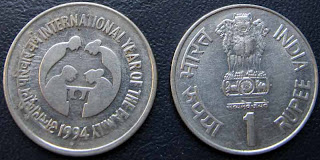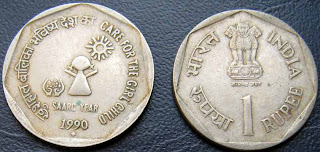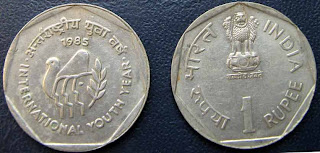After the first war of independence of 1857 was crushed, many rebels were deported for life to the Andaman Islands by the British. These remote islands were considered to be a suitable place to punish the rebels. As the number of prisoners being sent to the Andaman started growing and the need for a high-security prison was felt, a jail was constructed between 1896 and 1906,
The jail building had seven wings with a central tower. Each of the seven wings had three stories upon completion. There were a total of 698 cells. Each cell was 4.5 meters x 2.7 meters in size with a ventilator located at a height of three meters. The name, "cellular jail" is derived from the solitary cells which prevented any prisoner from communicating with any other.
Two out of the seven wings of the Jail were demolished during the Japanese occupation of the Andaman islands in 1942. Another two wings of the jail were demolished after India achieved its independence. This led to protests from several former prisoners and political leaders. As a result, the remaining three wings and the central tower were converted into a National Memorial in 1969.
The Govind Ballabh Pant Hospital was set up in the premises of the Cellular Jail in 1963. It is now a 500-bed hospital with about 40 doctors serving the local population. On the occasion of India's 50th anniversary of independence in 1997, a 1 rupee commemorative coin on the theme ‘CELLULAR JAIL’ was issued.
Specifications
Year of issue – 1997
Edge – Plain
Obv -- The obverse of this coin shows a view of Cellulr Jail, “1997” -- the year of issue, and the legend “CELLULAR JAIL” & “PORT BLAIR” both in English and Hindi.
Minted at – Kolkata, Mumbai , Hyderabad





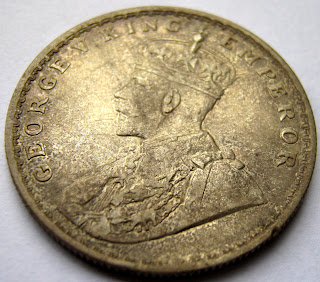




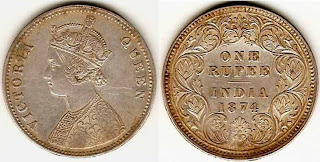



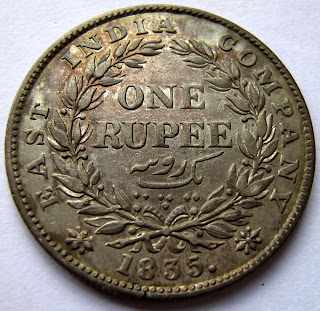
 The coin in our picture is one of the earlier versions. Later coins changed monarchs (India was British until 1947) and reverse designs, but the basic coin was the same all the way from 1862 to 1947. You will see coins in this series as follows:
The coin in our picture is one of the earlier versions. Later coins changed monarchs (India was British until 1947) and reverse designs, but the basic coin was the same all the way from 1862 to 1947. You will see coins in this series as follows: 



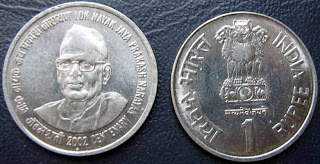


 1
1